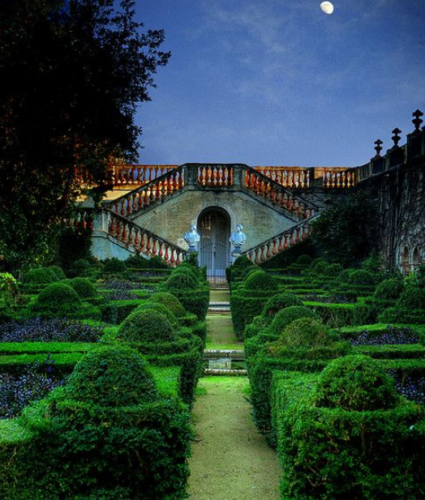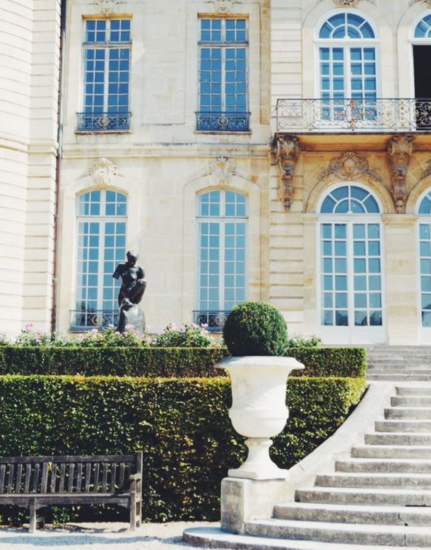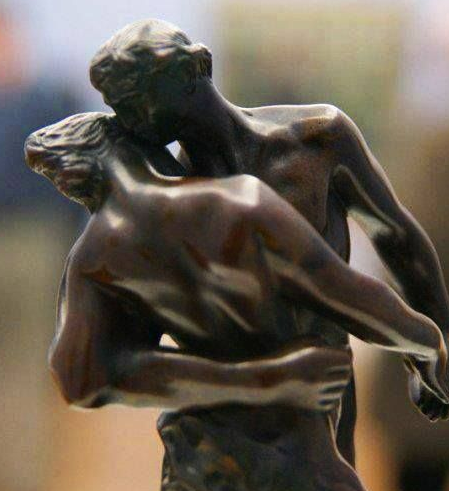Musée Rodin
On the eastern flank of Les Invalides lies one of the great Parisian museums, the Musée Rodin. The museum is divided into two sites: the Hôtel Biron and surrounding grounds next to the Invalides and the second part of the museum just outside Paris at Rodin’s old home. Hôtel Biron is a jewel of Parisian rococo architecture, that was built between 1727 and 1737, for a wealthy Parisian financier. A few years later it passed into the hands of a Duchess who sold it to a religious society of nuns. The nuns turned it into a boarding school from 1820 to 1904 when their society was dissolved and put the mansion on rent.
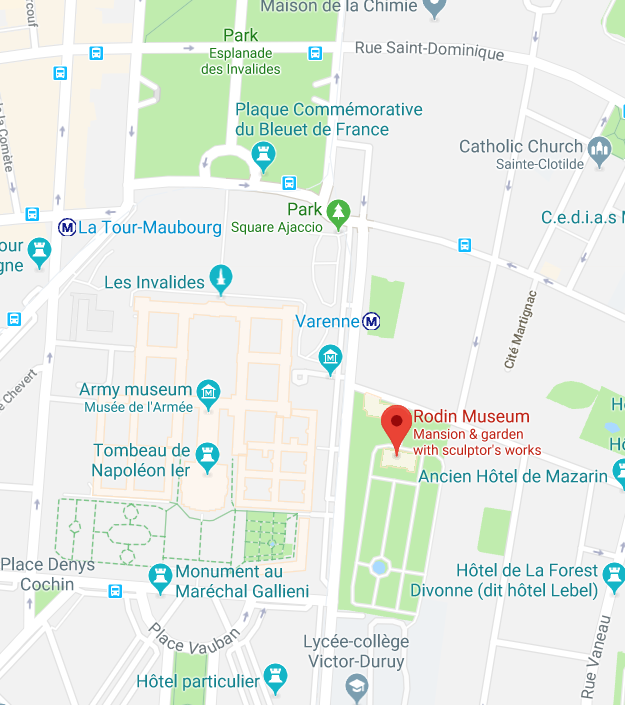

A series of radiant personalities like Henri Matisse and Jean Cocteau passed from the mansion as tenants before Auguste Rodin fell in love with it in 1908. Already in his years of maturity by then Rodin had conquered fortune and such great fame that many compared him to Michelangelo despite being born in obscurity and being rejected by the official academies in his early years. “His reputation as the father of modern sculpture remains unchanged, and in recent years the wider exhibition of his many drawings has also elevated his reputation as a draughtsman. ” (www.theartstory.org).

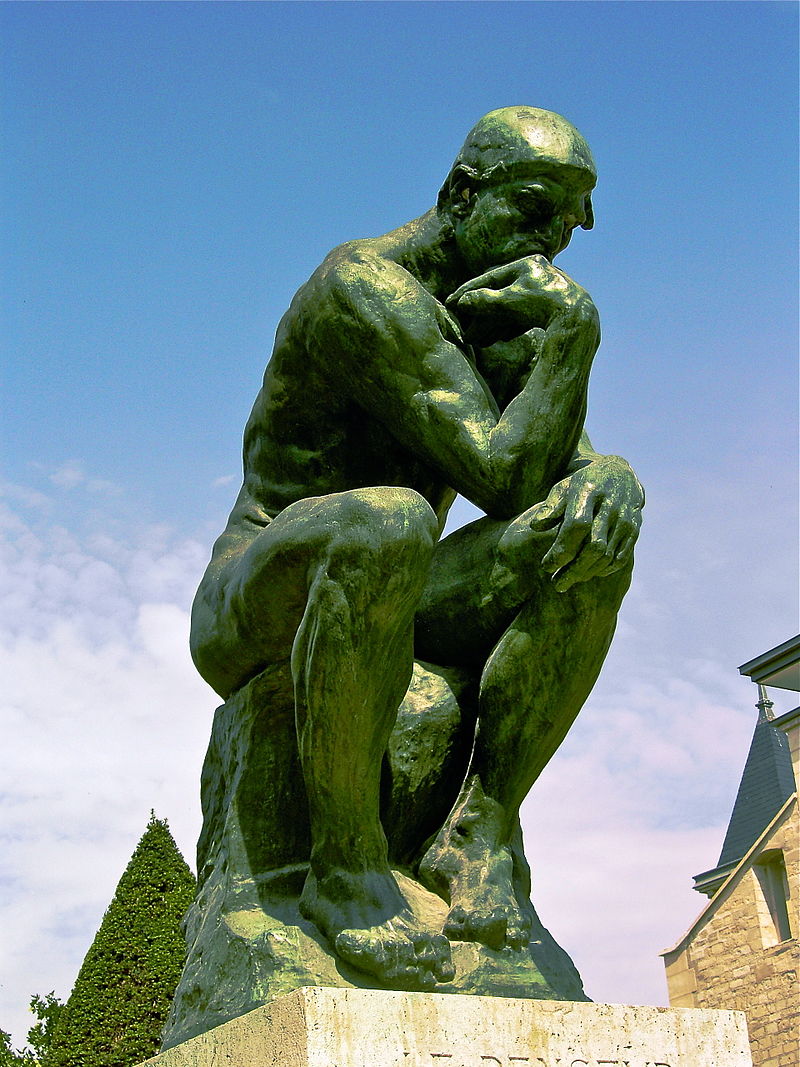

During the first years of his stay, Rodin rented the four ground floors but when the French state expressed its will to buy the property in 1911, the sculptor couldn’t let it go. The agreement between the two pleased both parties. Rodin would spend the rest of his life in Hôtel Biron and after his death, all of his life’s works would pass to the French state to turn his last home into a museum dedicated to his artistic heritage. The museum was officially opened in 1919, two years after Rodin’s death.
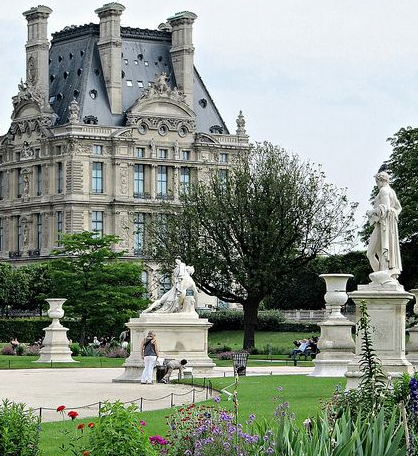
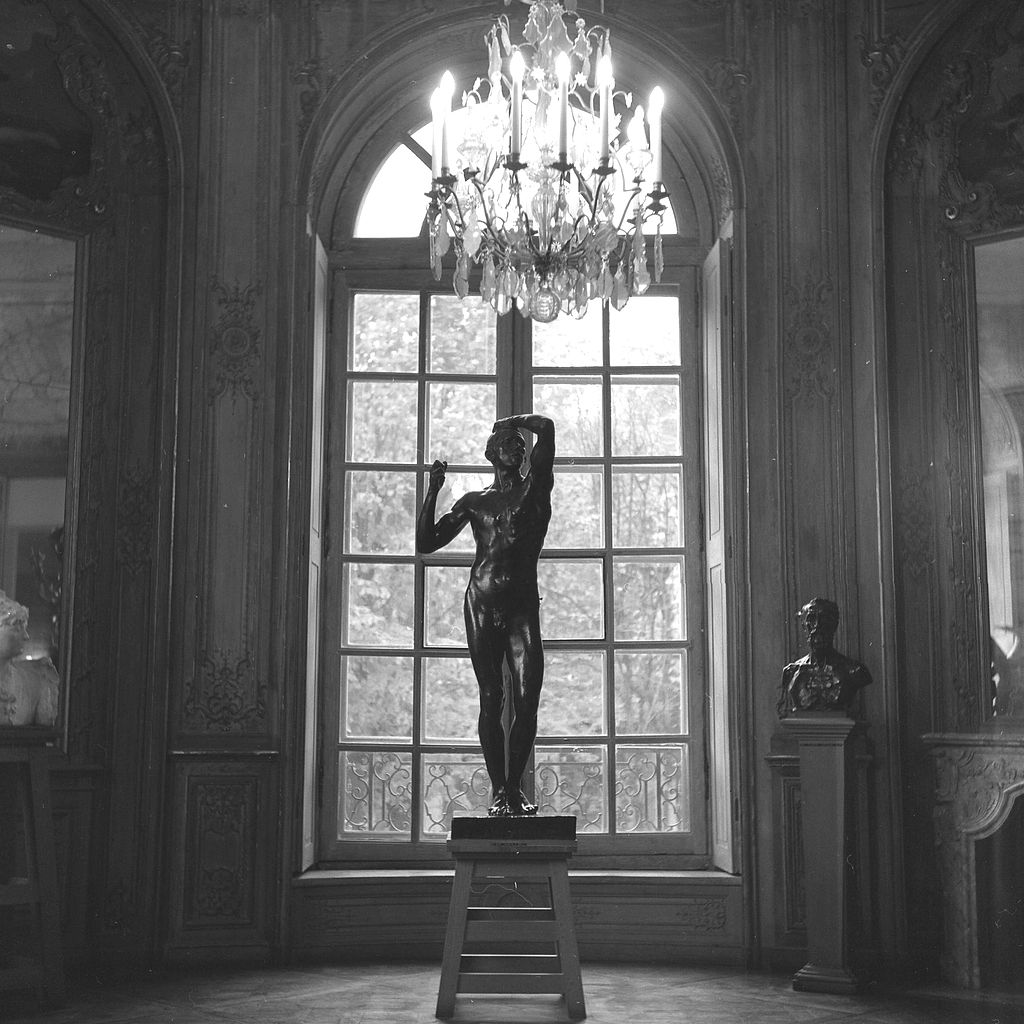
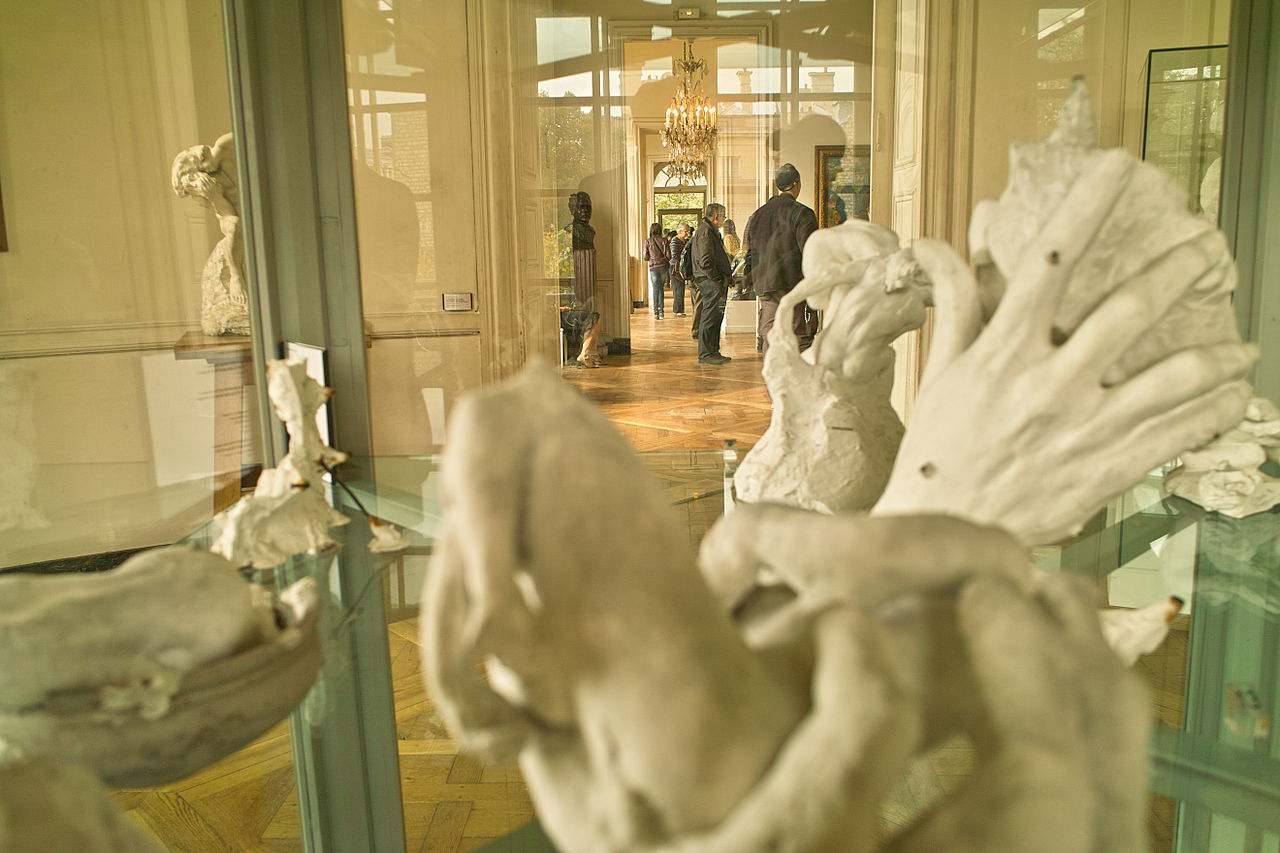
Stretching over three hectares, the grounds were then divided into a rose garden, north of the Hôtel Biron, and a large ornamental garden, to the south, while a terrace and hornbeam hedge backing onto a trellis concealed a relaxation area, at the bottom of the garden. Pierced by three openings, this trellis reflects the design and proportions of the three bay windows on the mansion’s garden façade. Two thematic walks were also laid out: in the east, plants thrive amidst the rockery in the “Garden of Orpheus”, and, in the west, water is omnipresent in the “Garden of Springs”. More
